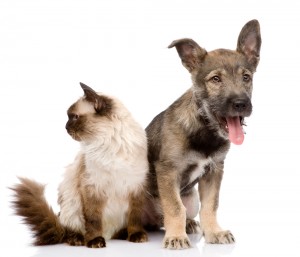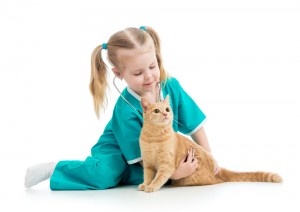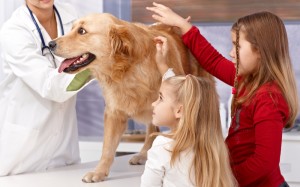Heimlich Maneuver for Dogs
Sadly, it is not uncommon for a dog to choke because they swallow things they shouldn’t, like toys and bones. If your dog is choking, he will start coughing forcefully, bulge his eyes and paw at his mouth.
In order to save your dog’s life, there are several things to do:
• First, open your dog’s mouth and look for the object. Place one hand on the upper jaw with your thumb on one side and the rest of your finders on the other side.
• With your other hand, push down on the lower jaw, keeping your index finger free to sweep back into the mouth.
• If you can see the object, remove it.
• If there are two of you one of you should hold your dog’s mouth open and the other look inside.
If that doesn’t work, and your dog is small, hold him upside down with his tail toward your face. Place your arms around his lower abdomen for 30 seconds while gently swaying him.
If that doesn’t work, place your dog on his side on a hard surface, tilted with his head down and hindquarters up. If you can grab a pillow or rolled towel, put it under his hindquarters just make sure the front part of his body is lower than his back.
• With a small dog, place one hand on his back to steady him and the other under the center of the rib cage. Press in and up four to five times in a thrusting motion.
• With a large fog, you’ll need both hands for the trust, so place both hands beneath the rib cage, Press in and up four or five times.
If you don’t have time to place your dog on his side, you can stand or kneel behind your dog. Grasp his body at the bottom of his rib cage. Grasp his body at the bottom of his rib cage. Apply firm, quick pressure. Repeat two to five times.
Remember that once your dog stops choking, he may try and bite you.







